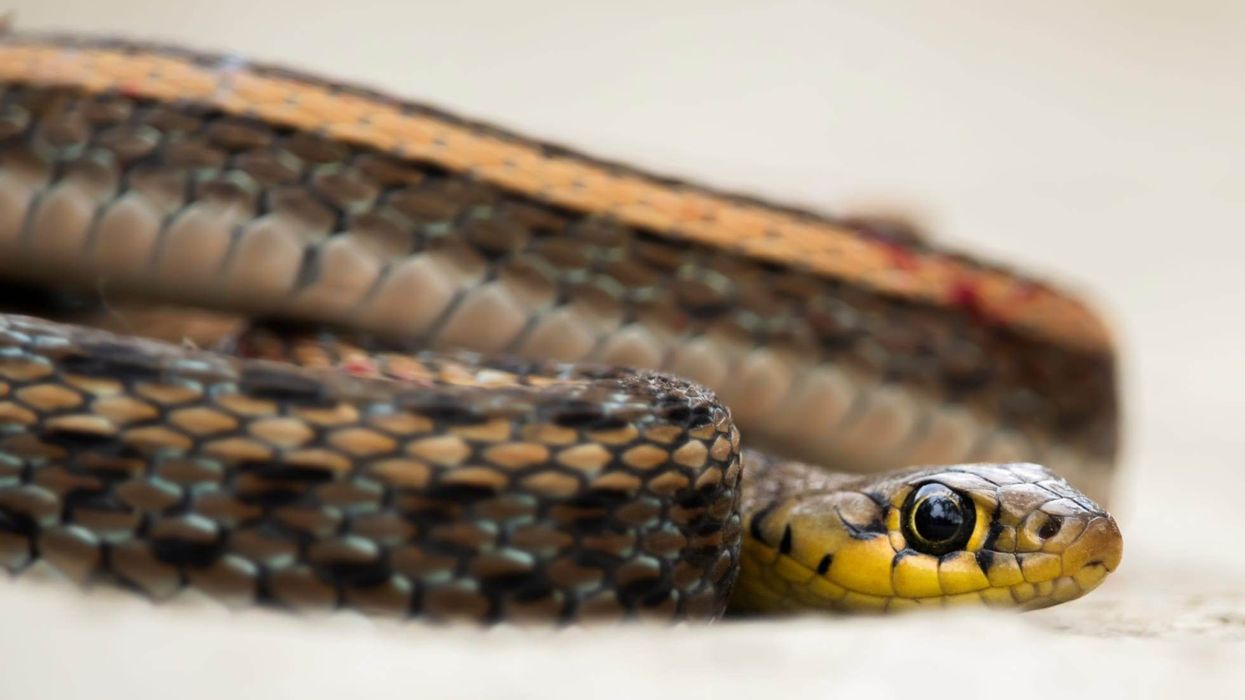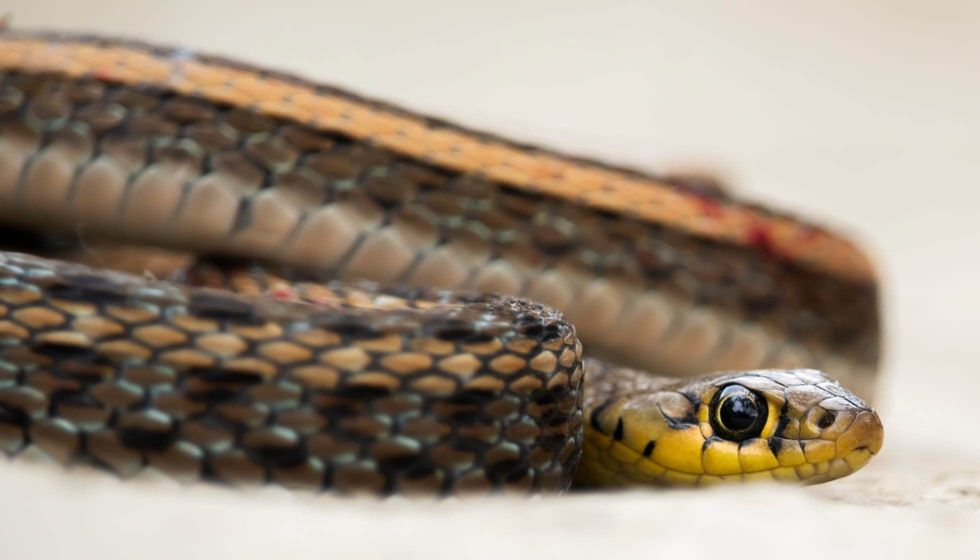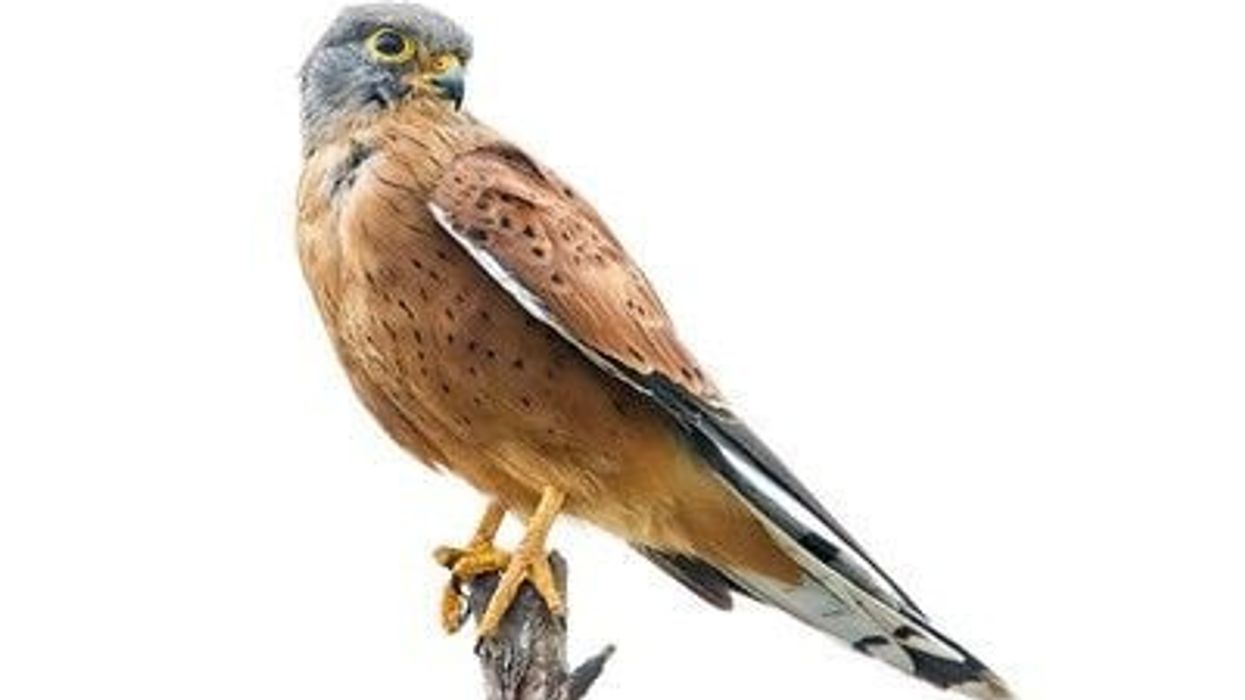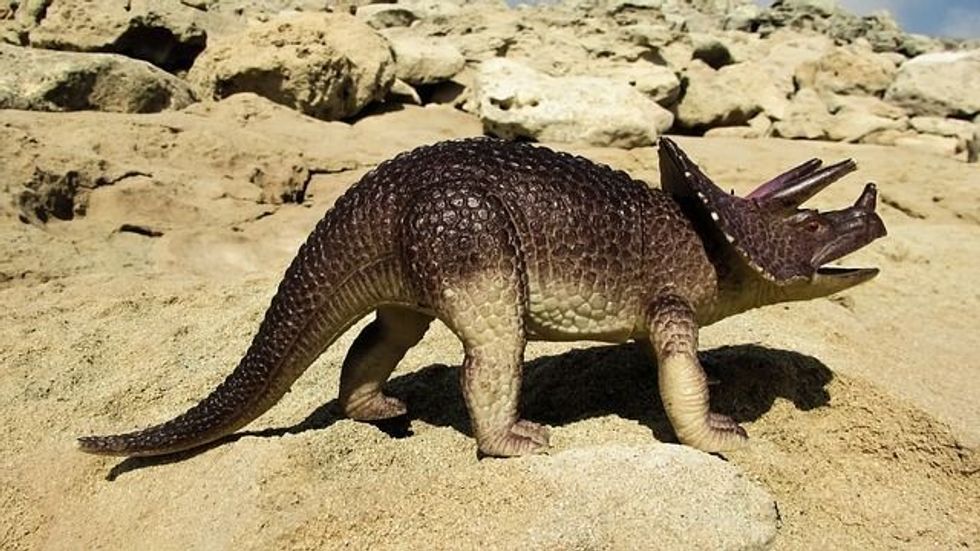The keelback is a species of snake found commonly in Queensland, Australia. The keelback snake (Tropidonophis mairii) goes by many names such as the freshwater snake or Mair's keelback.
This species of snake are non-venomous, so don't worry if you ever come across this beautiful snake. The keelback snake has a lot of species that are known for their distinguishable characteristics such as the tiger keelback and the checkered keelback.
They come from the family of Colubridae that they share with their other sub-species such as the Natricinae, which also have a few members from the keelback species.
You might be wondering why the name keelback? Although they look very similar to other small species of snakes, the scales of the keelback snake have ridges in the center, therefore making it rough to touch.
The keelback range is exclusively seen in Australia and they are native to Queensland. They happen to be the only sub-species of Natricinae found in Australia.
Found this reptile amusing? If you did, check out the sea snake and rattlesnake.
Keelback Interesting Facts
What type of animal is a keelback?
The keelback snake is a reptile found in freshwater as well as on land. This species is semi-aquatic. They are small in size compared to other larger snakes such as the tiger keelback.
They are non-offensive and also not venomous. They are pretty good climbers and are known to climb out of wells. This species, unlike other snakes, has rough brown-olive scales and can be seen feeding mostly on frogs and reptile eggs even invertebrates in the water.
What class of animal does a keelback belong to?
The keelback snake found in Australia belongs to the class of Reptilia. This snake is not at all harmful as it is not venomous and is to itself most of the time.
They follow a carnivore diet. However, this snake is well known for its capacity to consume a cane toad without any consequences! As you know, cane toads are extremely dangerous and their toxins have been known to kill humans too.
How many keelbacks are there in the world?
These snakes are found in the human environment quite often such as in suburban backyards and parks. Their population seems to be stable, however, the exact population of this snake is not known.
Where does a keelback live?
This semi-aquatic snake can be found in coastal areas of northern Australia. Their distribution can be seen from northern New South Wales to Kimberley in Western Australia. These snakes are endemic to Australia.
What is a keelback's habitat?
This little snake is found commonly in an environment with freshwater dams, swamps, heaths, eucalypt forests as well as pastures, parks, suburban gardens, and backyards. If you happen to see one of these snakes in your backyard, don't panic!
It will not harm you. This snake is not venomous by nature and won't be a bother if you leave it alone. They are also observed along creeks and are known to climb trees up to 16 ft (5 m).
Who do keelbacks live with?
Like most large snakes, they are known to live by themselves.
How long does a keelback live?
Most snakes belonging to the Colubridae family live up to five to six years, therefore the approximate age for the keelback snake is also similar.
How do they reproduce?
The keelback snake is oviparous and lays a clutch of eggs three times a year. They lay around 5-18 eggs. Not much is known regarding their reproducing habits. The hatchlings are roughly 5 in (12.7 cm) when they hatch. As for parenting, this snake does not seem to be too involved with its hatchlings.
What is their conservation status?
The conservation status for this snake is at Least Concern as this species is found in abundance in Australia.
Keelback Fun Facts
What do keelbacks look like?
This snake is a small reptile that is known to prey primarily on toads, as well as frogs, is a beautiful snake. It has olive-brown scales. This snake has orange flanks and several rows of dark spots can be seen along the end of its body.
In comparison to the tiger keelback, this snake is not as vibrant in color. However, keelback snake species are a sight for sore eyes.
The intricate patterns on the scales and hypnotizing eyes are quite intimidating but don't worry, this snake is not at all harmful! Unlike most large snakes, this one is not venomous. This snake has ridges on its scale which makes them really rough.
How cute are they?
They are quite cute given their size is relatively small compared to other dangerous snakes. Did you know that if they are forcefully held or trapped, they tend to emit a defensive odor which is quite similar to a fart!
How do they communicate?
They are not big on communication because most of their time is spent hunting for prey. They often prey on toads and frogs.
How big is a keelback?
They can grow up to 30-31 in (76-79 cm) and their body has rows of black spots. Little is known about their weight, however keelbacks are small in size.
How fast can a keelback move?
They are known to travel over 2952 ft (900 m) overnight. They are semi-aquatic. When they feed on toads, it is quite heavy on their belly and makes it hard for the snake to move around.
How much does a keelback weigh?
Not much is known regarding their weight.
What are the male and female names of the species?
There are no specific names for the female and male species of this snake.
What would you call a baby keelback?
Their offspring is referred to as a hatchling.
What do they eat?
This species mainly eats frogs, toads, tadpoles, and reptiles eggs in some cases they might even feed on other small mammals as well lizards. Unlike other snakes, they eat their prey from the rear and use their backward-curved teeth while hunting.
They are immune to toxins to a certain extent and are able to consume them. However, unlike the tiger keelback, it does not use such toxins to create venom.
Are they poisonous?
No! They are harmless and inoffensive. They are not venomous and they generally keep to themselves.
However, this snake's physical description is very similar to that of a rather dangerous reptile that goes by the name of Tropidechis carinatus. So watch out for that! Also, not all keelbacks are friendly and safe, for instance, the beautiful tiger keelback, is quite harmful.
Would they make a good pet?
Not really, this animal likes to stay in the wild. In fact, many species of keelback are not to be domesticated as they will harm you. The tiger keelback is a perfect example of that.
Did you know...
The green keelback is not venomous and it is endemic to Asia.
The red-necked keelback is highly venomous.
What are the different types of keelback snakes?
There are so many types of this species that it will simply blow your mind. These snakes look ethereal and are extremely captivating. They have vibrant colors and all are unique in their own way.
The green keelback found in Asia is a sight not to miss because they have a light green color with black marks. The tiger keelback on the other hand is dark in color with orange spots. Snakes are beautiful creatures.
What is the keelback good for?
Keelbacks are quite famous for consuming cane toads. These toads are poisonous, however the keelback is immune to it.
Here at Kidadl, we have carefully created lots of interesting family-friendly animal facts for everyone to discover! Learn more about some other reptiles from our Burmese python facts and sea snake facts.
You can even occupy yourself at home by coloring in one of our free printable angry snake coloring










